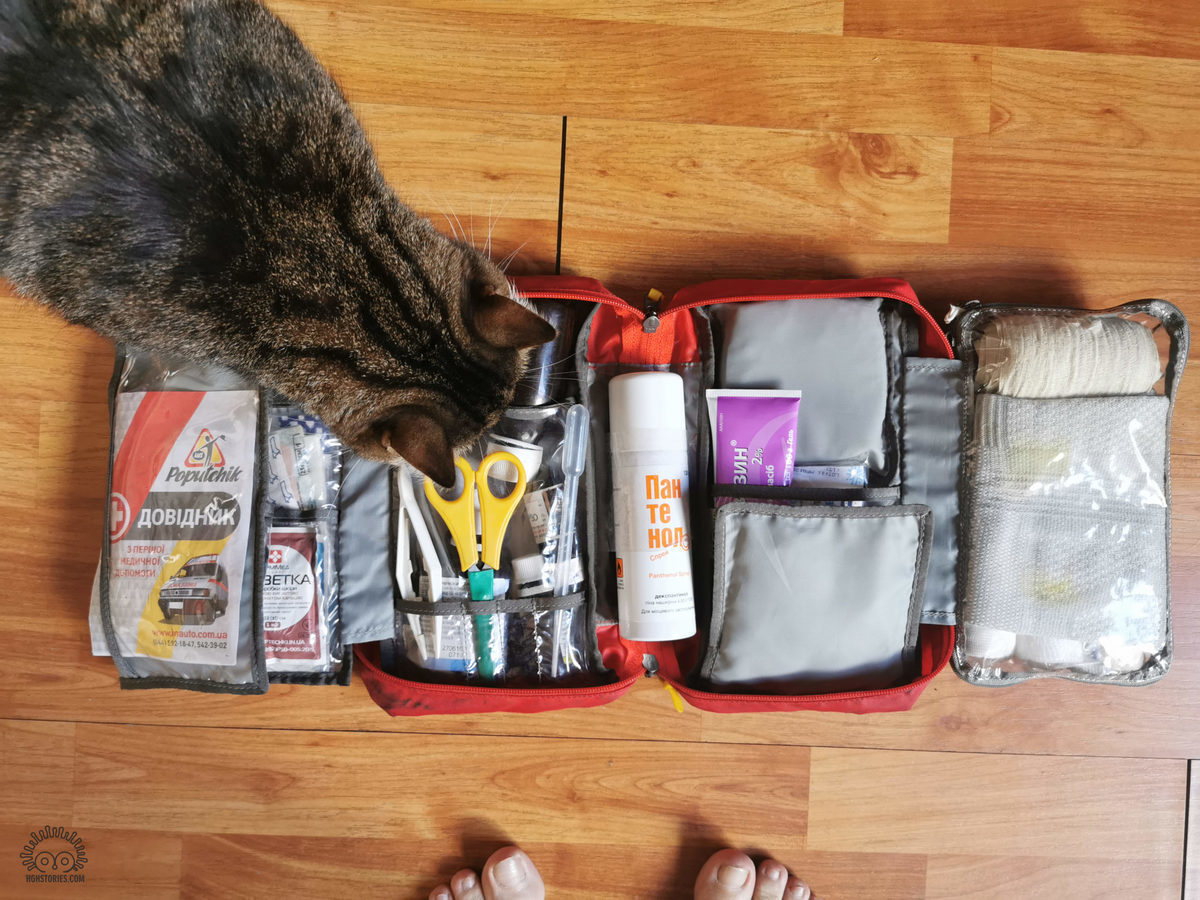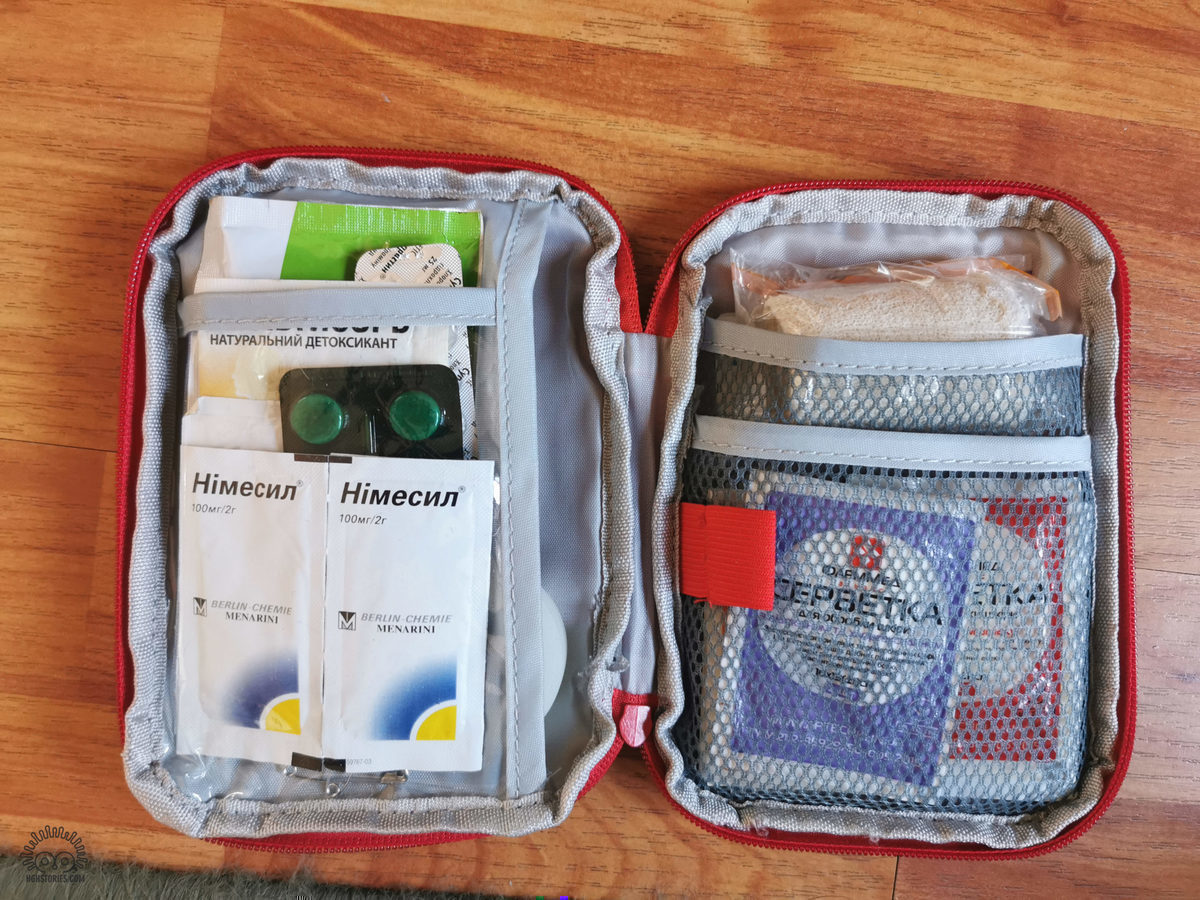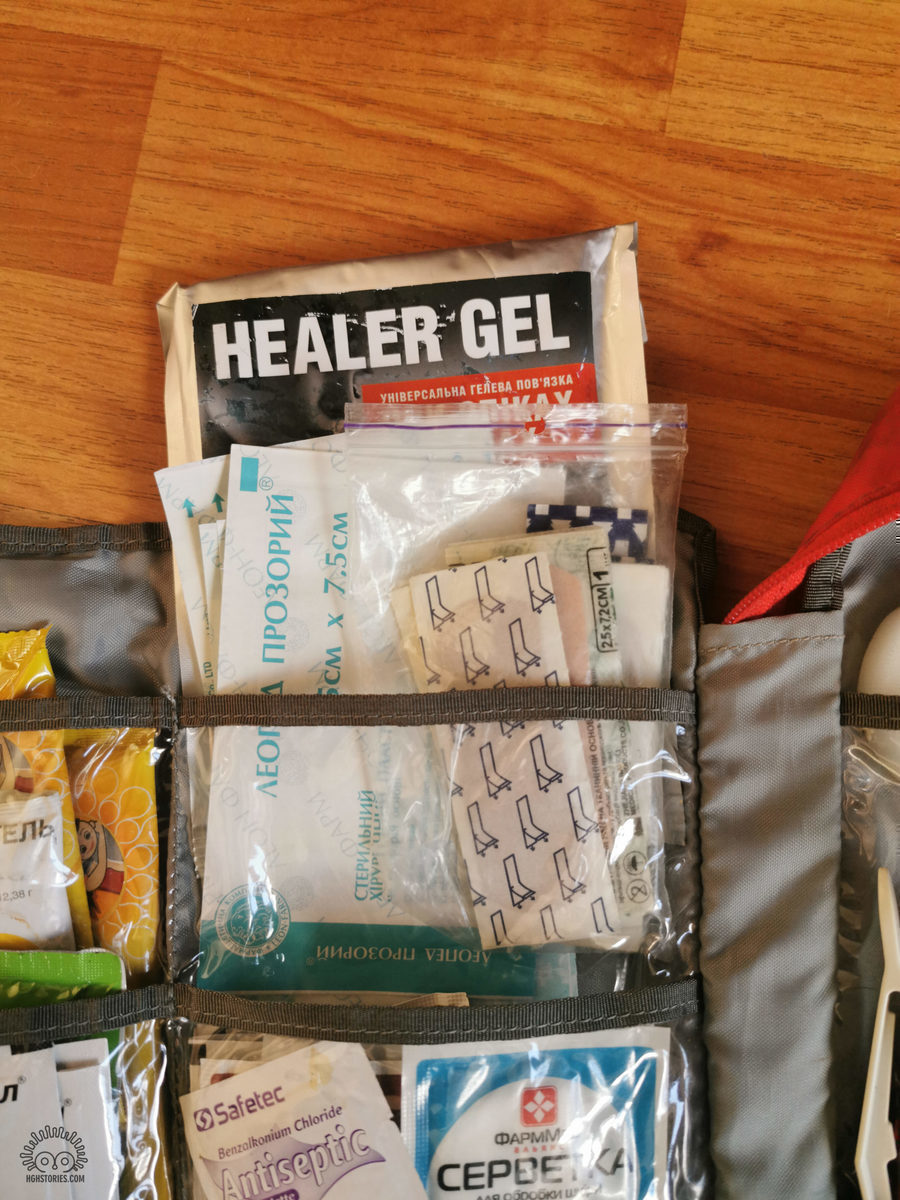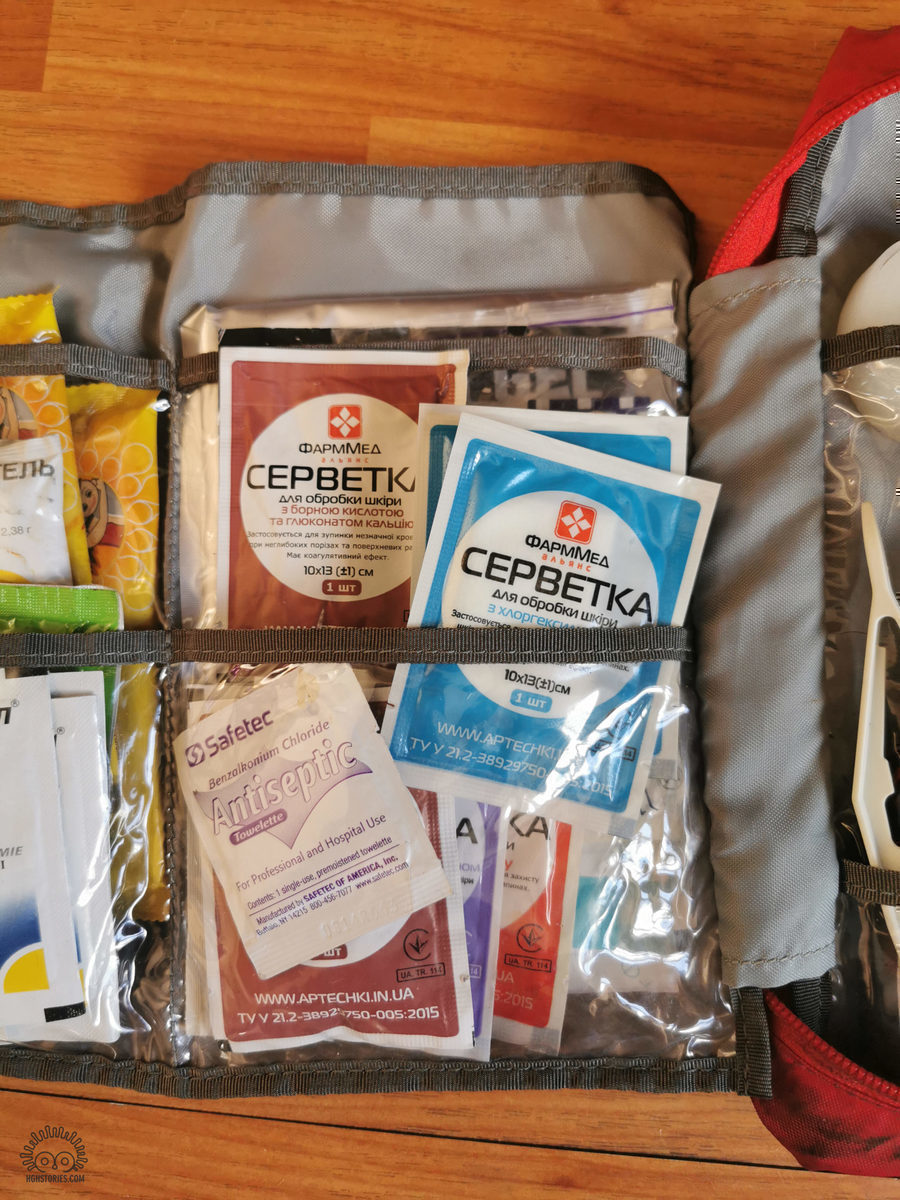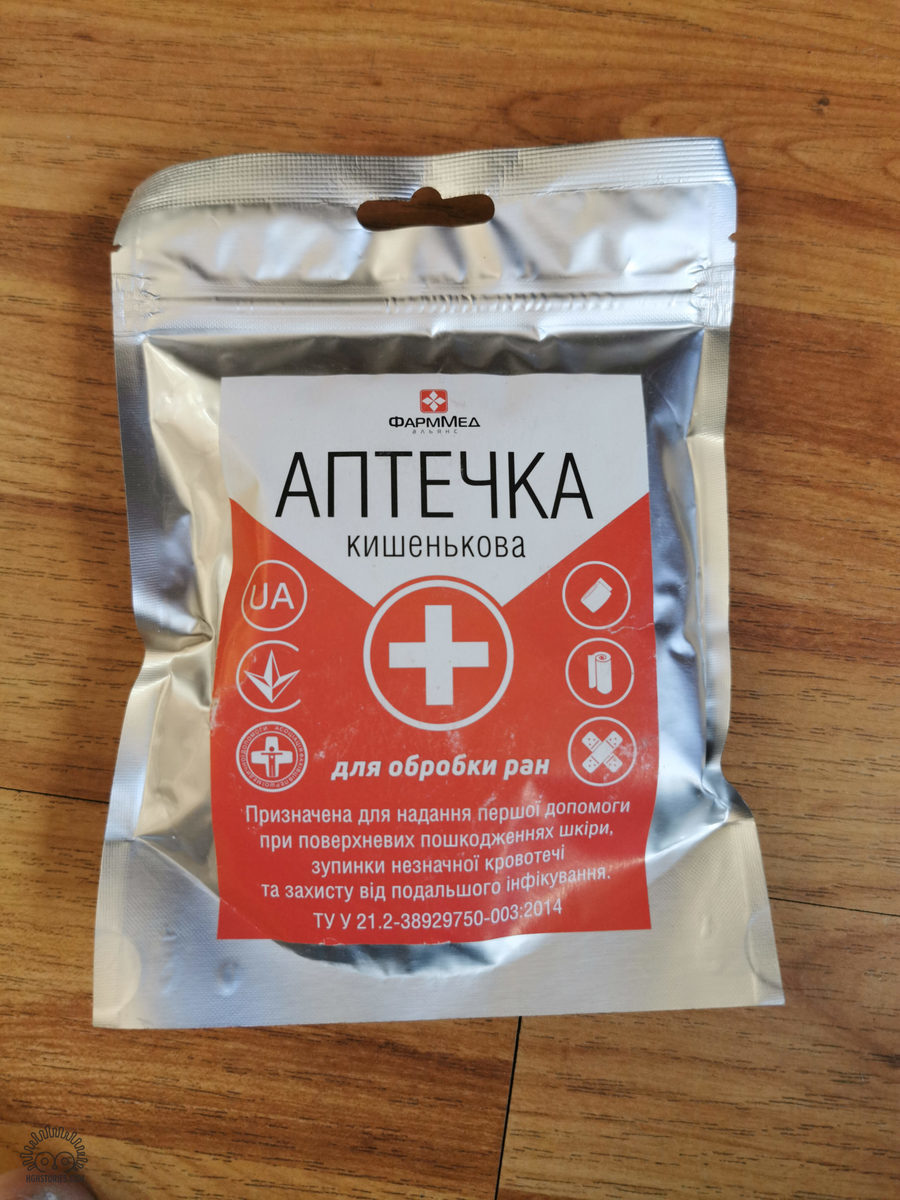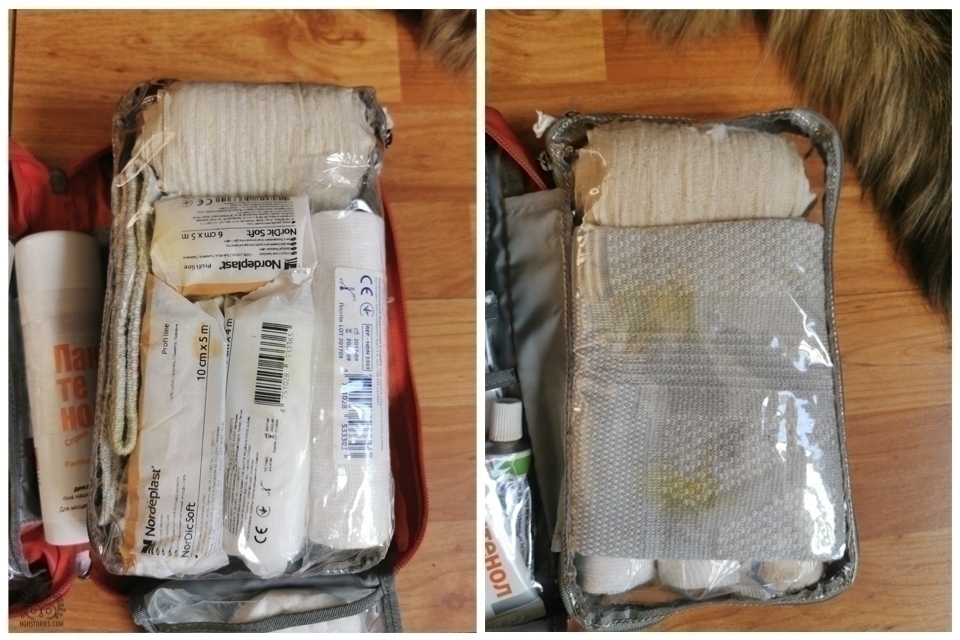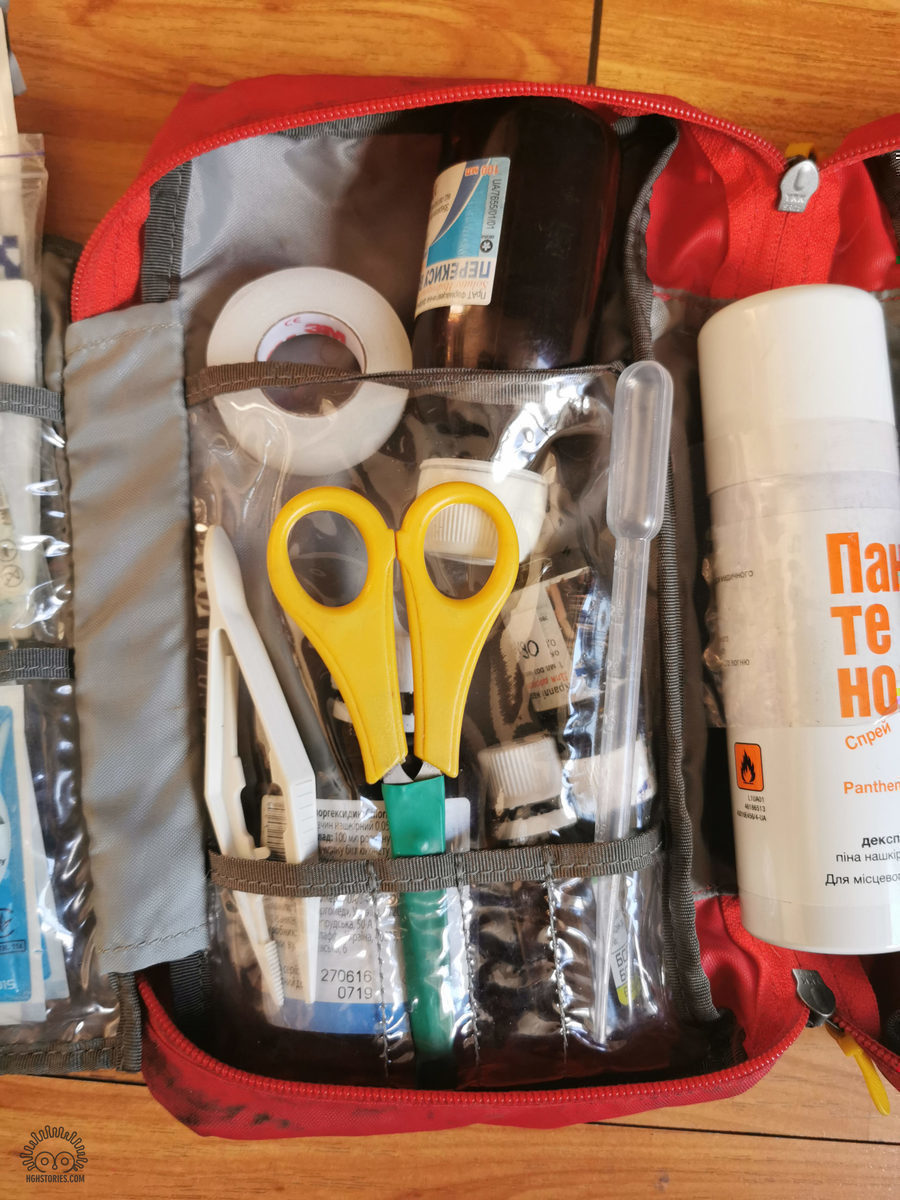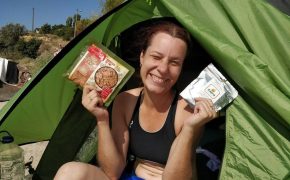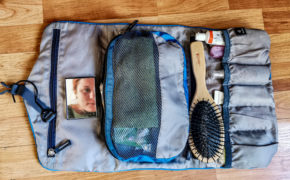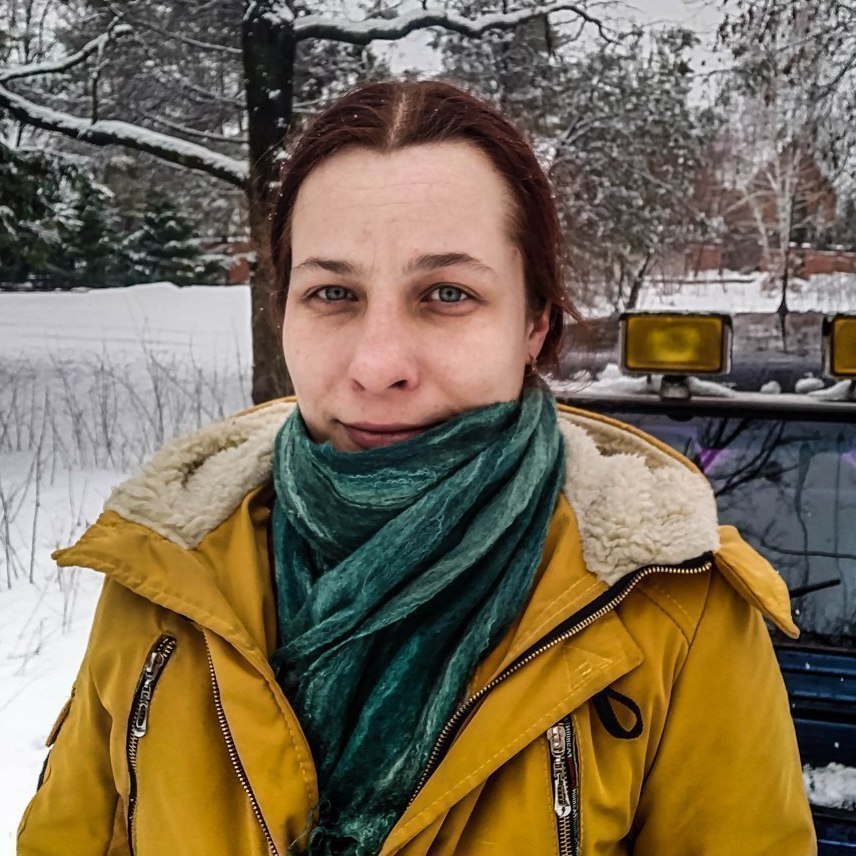First aid kit is a very important item of equipment in any trip. And it doesn’t matter how you travel – on foot, by bus, by car or by plane.
Personally, I carry a first aid kit (not only the one that belongs to the traffic regulations) with a set of elastic bandages and ointments for bruises and wounds and a small set of disinfectants, painkillers and sorbents. As practice has shown, a wider range is not needed. I replaced the heart set in the first-aid kit several times (due to expiry) and did not put it there anymore. The same first aid kit I have in my backpack on all hiking or not so much travels (I mean including air travel and public transport abroad). In our expeditions, my first aid kit has the same set, but is designed for more people and days.
The composition of the first aid kit in our team:
– medication for headache (what you prefer – nimesil, citramon ..);
– If you are allergic, then be sure to antihistamines, which help you well;
– adsorbents (a pair of multisorb packets and a pair of Atoxil stacks);
– all kinds of phospholugel and smectite, if there is a tendency to their necessity;
– one convolute of paracetamol;
– several packets of anti-cold tea (what I have is Insti);
– one convolute of strong anesthetic type of ketone;
– a set of patches (tested) both with a pad and without;
– anti-burn gel;
– a set of wipes with chlorhexidine and other antiseptics (they are now sold in all qualities and quantities);
– ordinary and elastic bandages;
– cotton pads instead of cotton wool (much better to use, because less particles stick to the wound);
– ointments for bruises and sprains (heparin ointment, troxevasin and reparil);
– a small jar of magic ointment “Sudokrem” (helps well from irritations, abrasions, scratches and other trifles);
– in the summer a small cylinder of panthenol (during flights the cylinder can not be carried, but panthenol exists in the form of a cream, although it works much worse);
– a bottle of chlorhexidine for washing scratches and wounds (not peroxide!);
– a bottle of peroxide, if in the direction of the sea (to combat congestion in the ears from diving);
– a bottle of boric acid (if your ears hurt from diving and wind);
– tourniquet (better type “turnstile”).
The rest are individual medicines as needed.
Calculating the amount of medication in an individual first aid kit is simple. Calculate the maximum time you need to get to the nearest pharmacy + 1 – 2 days depending on the distance traveled from civilization. For example, you will be walking for 3 days. If during this time you do not plan to pass near the settlements, then to the nearest pharmacy (if in the mountains you can forget about it at all), you have a maximum of 1.5 days. This thing is very easy to calculate: from the middle of the route in both directions – the maximum distance, if you passed 2/3, then closer to the final point, if 1/3, then closer to the starting point. That is, there should be enough medications for 2.5. – 3 days.
If you go by car or within the “civilization”, all this is, of course, easier – in any city you can find a pharmacy, as in many villages (although the choice can be very unpleasant surprise there). In another country, going to the pharmacy is complicated by the fact that the trade names are different and the pharmacist may not understand you, even if he has the right to sell the medication you need without a prescription. Six months ago, I had a situation where a person wrote to me while in Europe with the question “how do I explain at the pharmacy that I need peroxide?”. In this situation, you need to find the name of the active substance in English and Latin and show the pharmacist. In the instructions to the medication, these names must be specified (just google the instructions for the desired medication and everything is there). They will find out for themselves what their name is in the country and whether they can sell it to you. In any case, when traveling to another country you need health insurance – without it you can become very generous if you need to see a doctor. For travel in Ukraine, if desired, you can also find insurance, even with more or less decent conditions.
If you go alone (better, of course, at least two, and the minimum optimum – three) or with a previously unfamiliar guide, it is better to take the set described above. If you are going with your familiar group, and are confident in the collective first aid kit, you can take only personal medicine from the individual set with you.
For a first aid kit for a gropu, by and large, add nothing but quantity.
My calculation is as follows:
Take, for example, 6 people for two weeks, by car and sometimes to the nearest pharmacy a hundred or more kilometers. And keep in mind that I’m not a fan of running around unfamiliar places in search of something that you can take with you in advance))) That is, medication for all people for 2 weeks.
– medication for headache (nimesil – a box of 30 bags, citramon – 5 convolutes);
– If you are allergic, then be sure to antihistamines, which help you well (suprastin – 2 convolutes);
– adsorbents (6 packages of multisorb and 6 stacks of atoxyl);
– all kinds of phospholugel and smectite, if there is a tendency to need them (6 packets of phospholugel and 6 packets of smectite);
– one convoluteand paracetamol;
– several packets of anti-cold tea (I use Insti – 10 packets);
– one convolute of strong anesthetic type of ketone;
– a set of patches (tested) both with a pad and without (a dozen common bactericidal patches – strips, 4 pieces of square surgical patches, a spool of patch);
– 3 packets of anti-burn gel;
– a set of wipes with chlorhexidine and other antiseptics (they are now sold in all qualities and quantities)
3 small travel / car individual sets;
– ordinary and elastic bandage (I do not take sterile bandages – outside of hospital conditions the bandage ceases to be sterile at the time of opening the package; and even now there are good bandages not of gauze, but stretching) – 3 wide thick ordinary bandages, 1 narrow elastic bandage 3 meters, 1 wide elastic bandage 5 meters and elastic “stocking” on the knee / elbow;
– cotton pads instead of cotton wool (much better to use, because less particles stick to the wound);
– ointments for bruises and sprains (heparin ointment, troxevasin and reparal one tube);
– a small jar of magic ointment “Sudokrem” (helps well from irritations, abrasions, scratches and other trifles);
– in summer 2 large cylinders of panthenol (during flights the cylinder cannot be carried, but panthenol exists in the form of a cream, although it works much worse);
– 3 bottles of chlorhexidine for washing scratches and wounds (not peroxide!);
– a bottle of peroxide, if in the direction of the sea (to combat congestion in the ears from diving);
– a bottle of boric acid (if your ears hurt from diving and wind);
a bottle with a pipette (from drops in the nose))) sea buckthorn oil (excellent wound healing agent);
– tweezers – to remove splinters or ticks);
– scissors;
English hairpin (also for removing splinters);
tourniquet
My calculation is simple:
– Paracetamol and ketones are needed in the minimum amount, because if you need them, the trip should be stopped, and the minimum will be enough till home or hospital;
– Our team has a lot of weather-dependent people and therefore a lot of medications for headaches, and in addition, nimesil – a good anti-inflammatory agent;
– the number of adsorbents for either one for three days, or for all for a day (and if everyone are poisoned – this is a reason to end the trip and check the food);
– phospholugel and smectite – per person per week (such a need is also a reason to end the trip);
– with anti-cold tea – similarly (10 packets – for three for one, and if the second day did not get better, it’s time to go home);
– with wounds, bruises and burns, everything is simple: if it is a scratch or minor damage, the kit will be enough for two weeks, and if the damage is large or deep, then go to the hospital.
Before leaving/starting by the group, I make sure to ask who has what health nuances. That then there was no allergy to paracetamol or something else. Well, to know from whom what to expect in what conditions.
Anything beyond this set seems inexpedient to me, because all cases that require more medication should be entrusted to physicians.
And in any case, consult a doctor before using any medication!
It is very important on any trip to inform the group leader or your loved ones if you feel sick. If you keep quiet and continue on the route, and somewhere in the middle you get worse, it can be a problem – finding a place for an unplanned stop, finding the nearest hospital or just a strong slowdown. It is much more practical to stay for a day or two in a place where there is guaranteed water and parking, and after recovery to move on. Or, if necessary, to look for the possibility of transportation to the hospital not from the route, but from the camp.
I highly recommend not only to travelers who go to the mountains or steppes with tents or campers, on foot or by car, but in general to all people to take first aid courses. Now it is very easy to do – the Red Cross and many other different organizations are constantly conducting such courses. This knowledge can be useful not only in travel, but also in everyday life.
In addition, if you are going to travel “outside the comfort zone”, you need to know in advance and write down the emergency numbers, and study the mobile coverage in the area of travel.
For example, in the Carpathians there are many places where there is no connection (we checked) – in such cases it is better to bring a satellite phone, and tell someone close or friends where you are going, when you plan to be where and get in touch regularly (the same is true for trips abroad).
According to the rules, any group of tourists is obliged to register in advance their route and its terms in the regional unit of the rescue service. It is not very difficult and does not require much time. In addition, registration is free. This can be done 10 days before hiking. You can also get advice from rescuers on the route, safety in the campaign, hydrometeorological conditions, medical care and more. And it is possible to inform rescuers about a campaign just before a start of a route. And then report that everything is fine. If you do not inform the rescuers, the commander may decide to start search and rescue operations.

